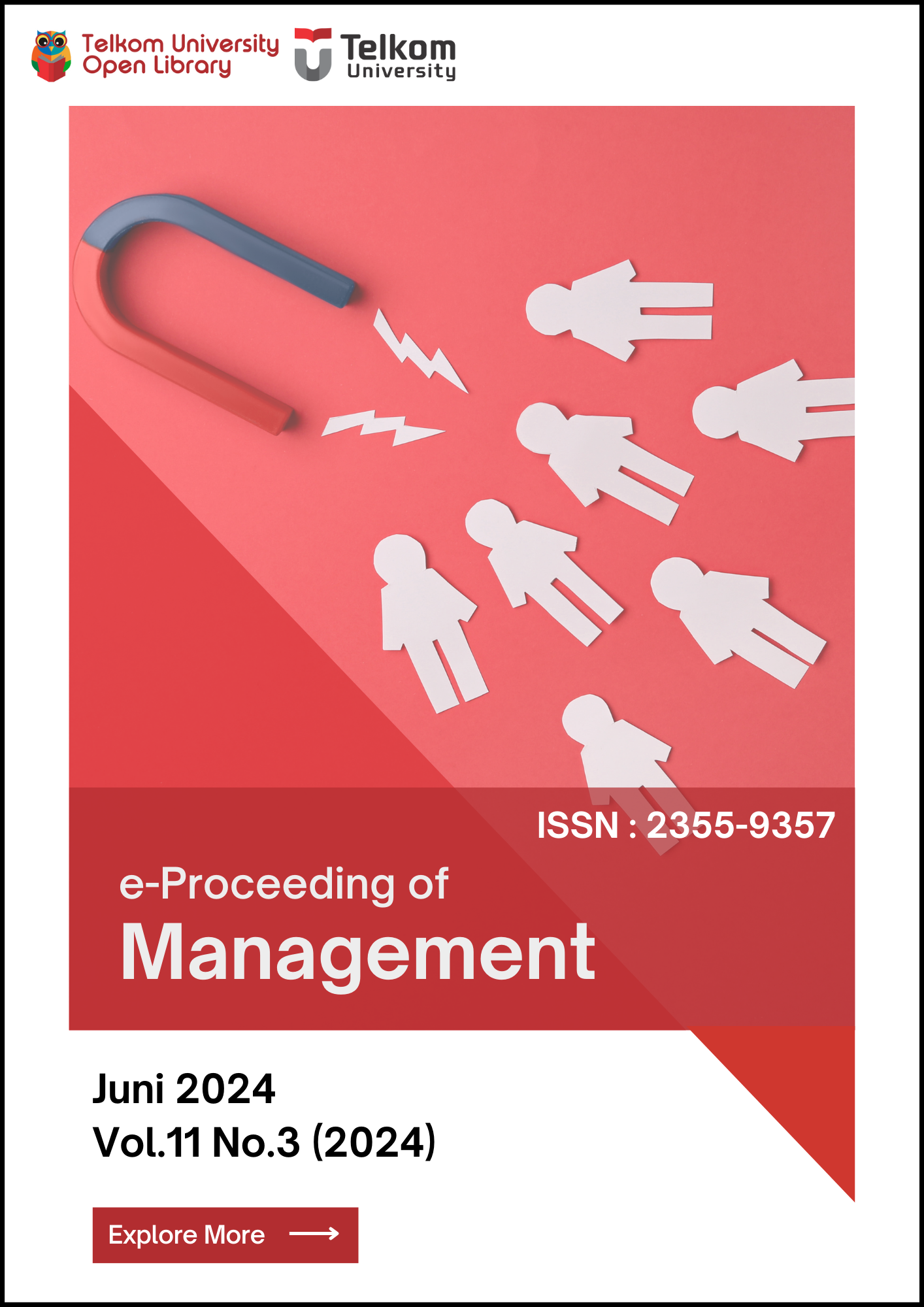Understanding Javanese for Telkom University Students to Introduce Javanese to Non-Javanese Speakers
Abstract
Javanese is a widely spoken regional language in Indonesia. However, many people do not know Javanese and do not
understand Javanese culture. Therefore, this research aims to understand the Javanese language and culture, as well
as provide an understanding of the Javanese language to students who do not know Javanese. This research will discuss
the introduction of the Javanese language for students who do not know Javanese, especially Telkom University
students. The data analysis used in this research is Miles and Huberman's interactive data analysis. The method used
in this research is qualitative method with a phenomenological approach. The purpose of this research is to find out
the meaning of the Javanese language by non-Javanese students at Telkom University. The research shows that in
cross-cultural communication between Javanese and non-Javanese students, the use of Javanese by non-Javanese is
limited to the vocabulary mastered, and their understanding of Javanese focuses more on vocabulary than complete
sentences.
Keywords-college students; cultural identity; intercultural communication; language communication.
References
Andrew E.Sikula. (2017). Training dan Pengembangan Tenaga Kerja. Pustaka Binaman.
Creswell, John W. (2017). Research design : qualitative, quantitative, and mixed methods approaches (4th ed.).
Singapore: Sage Publication.
Dorais, L.-J. (1998). Language, Culture, and Identity: Some Inuit Example. Department of Anthropology.
Mailani, O., Nuraeni, I., Syakila, S. A., Lazuardi, J., & Komunikasi, P. I. (n.d.). Bahasa Sebagai Alat Komunikasi
Dalam Kehidupan Manusia (Vol. 1, Issue 2). Online. www.plus62.isha.or.id/index.php/kampret
Gudykunst, William B. (2004). theorizing about intercultural communication. Sage Publication, Inc.
https://books.google.co.id/books?hl=en&lr=&id=E12VSljBmvAC&oi=fnd&pg=PR7&dq=%22william+b+g
udykunst%22+theorizing+about+intercultural+communication&ots=FyXIKMBX1j&sig=xGL9THl2Dk_Fzn
v-E8qyWCv8uBc&redir_esc=y#v=onepage&q&f=false
Miles, M. B. & Huberman, M. (1992). Analisis Data Kualitatif. Jakarta: Penerbit Universitas Indonesia
Moleong, J. Lexy. 2006, Metodologi Penelitian Kualitatif, PT. Remaja Rosdakarya, Bandung.
Purwanti, C. (2019). Makna Bahasa dalam Komunikasi. ISoLEC Proceedings, 150–154.
Qutoshi, S. Bahadur. (2018). Phenomenology: A Philosophy and Method of Inquiry
Rijali, A. (2019). Analisis data kualitatif. Alhadharah: Jurnal Ilmu Dakwah, 17(33), 81–95.
Sugiyono, D. (2013). Metode penelitian kuantitatif kualitatif dan R&D. In Penerbit Alfabeta.
Supriyono, Heru, et al. "Design of learning media and educational games to introduce the Javanese "Pandawa" script."
(2016).
Wahyudi, Wahyudi, and Muhammad Ridha DS. "The Urgency of Studying Psycholinguistics on Language Learning."
Islamika: Journal of Islamic Sciences 17.1 (2017): 113-140.
Wati, Usnia, Syamsul Rijal, and Irma Surayya Hanum. "Language variations among migrant students at the Faculty
of Cultural Sciences, Mulawarman University: A sociolinguistic study." Cultural Sciences: Journal of
Language, Literature, Arts and Culture 4.1 (2020): 21-37.
Wibowo, W. (2001). Manajemen bahasa: pengorganisasian karangan pragmatik dalam bahasa Indonesia untuk
mahasiswa dan praktisi bisnis. Gramedia Pustaka Utama.






